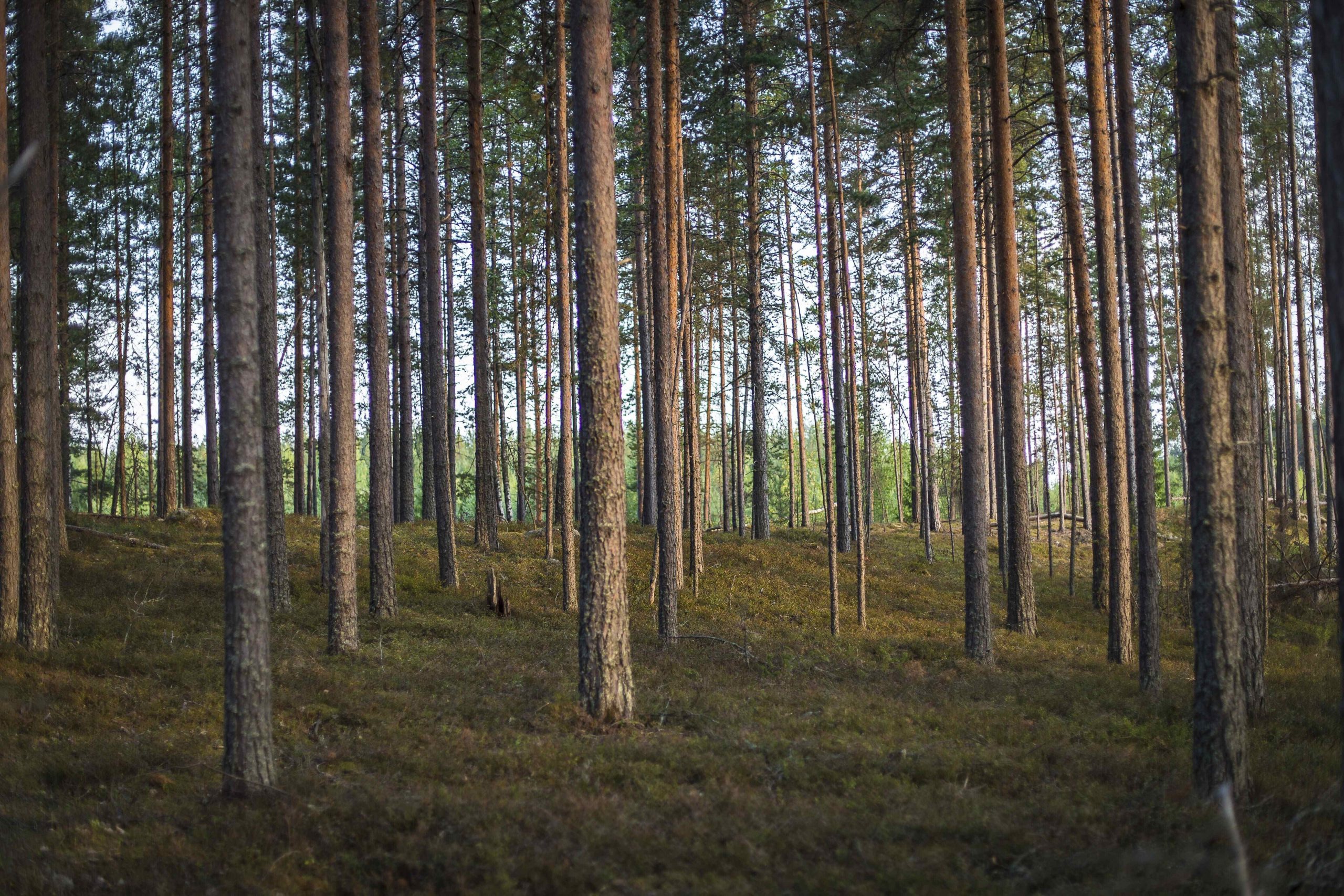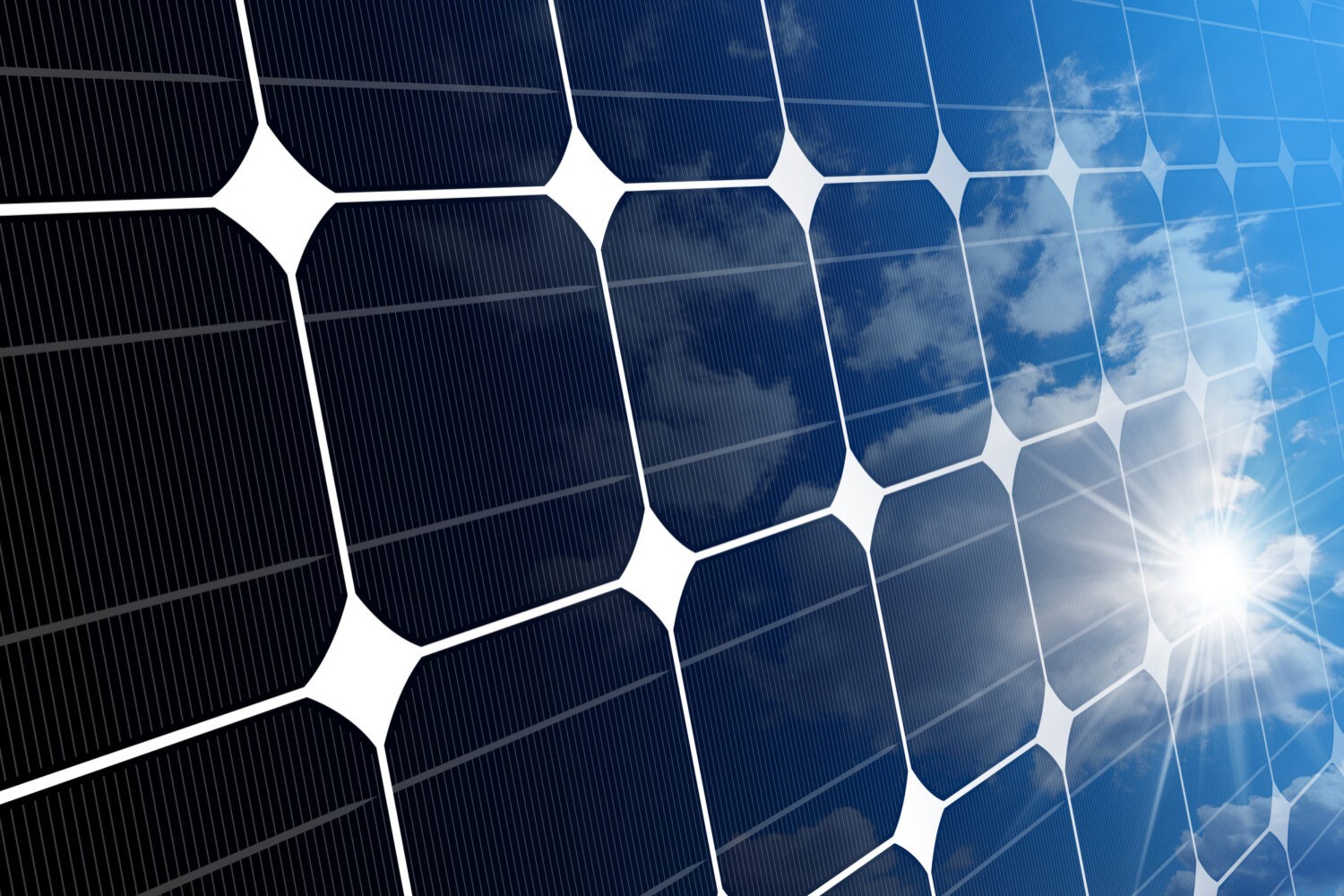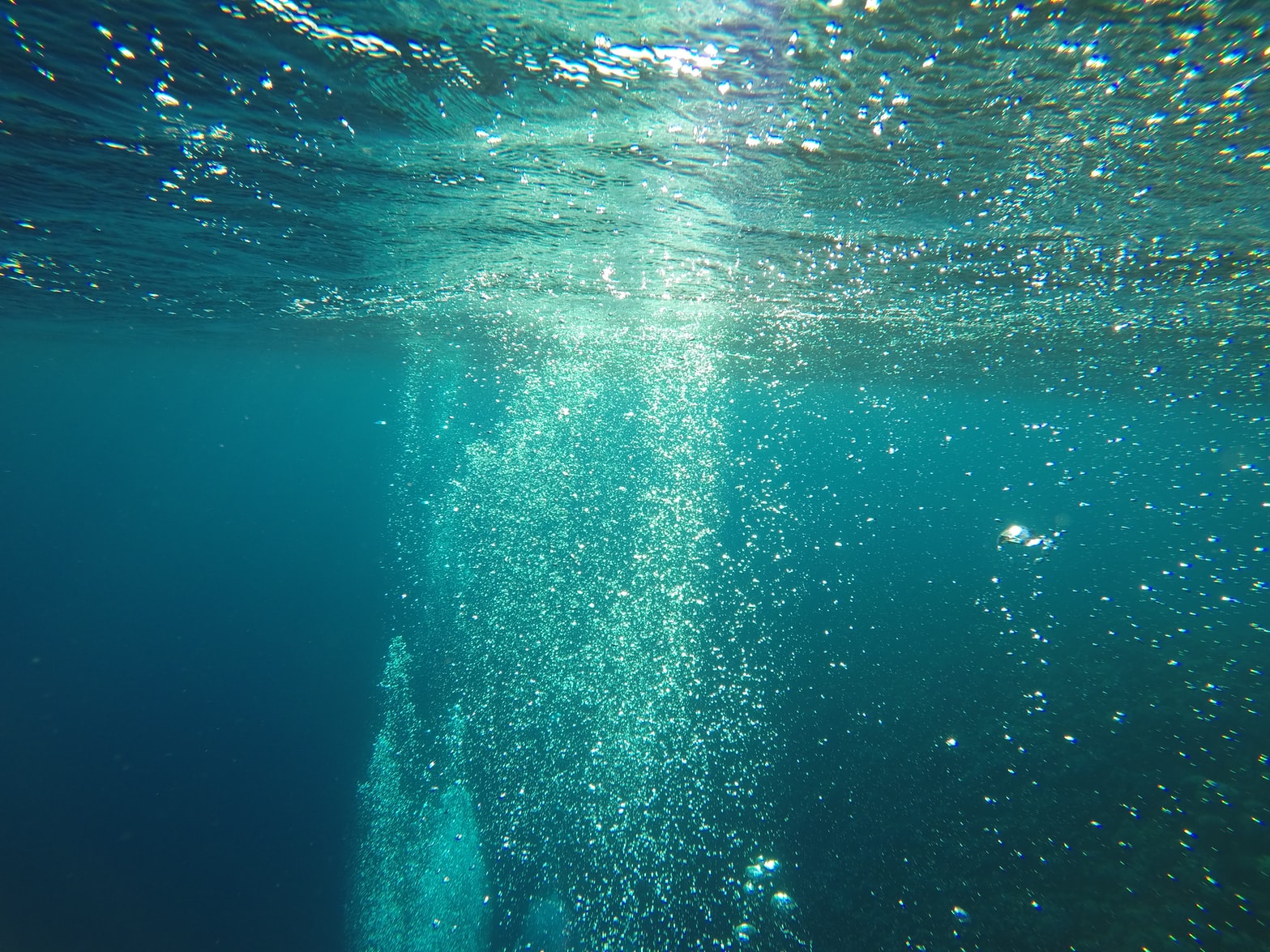
Deep sea mining: an opportunity or a risk?
The extraction of minerals from the ocean floor is increasingly demanded from companies all over the world, but the risks could outweigh the benefits
Deep-sea mining is the process of retrieving mineral deposits from the deep sea – the area of the ocean below 200 m, which covers about 65% of the Earth’s surface. The growing global demand is not only for the precious minerals. Gold, silver, copper, cobalt, nickel, manganese and zinc can be all used for different purposes and in particular to produce electrical circuits, wires and batteries. The ongoing energy transition, which involves replacing fossil fuels with sustainable energy sources, will surely increase the demand of these minerals. In fact, they can also be used to produce green technologies such as solar panels.
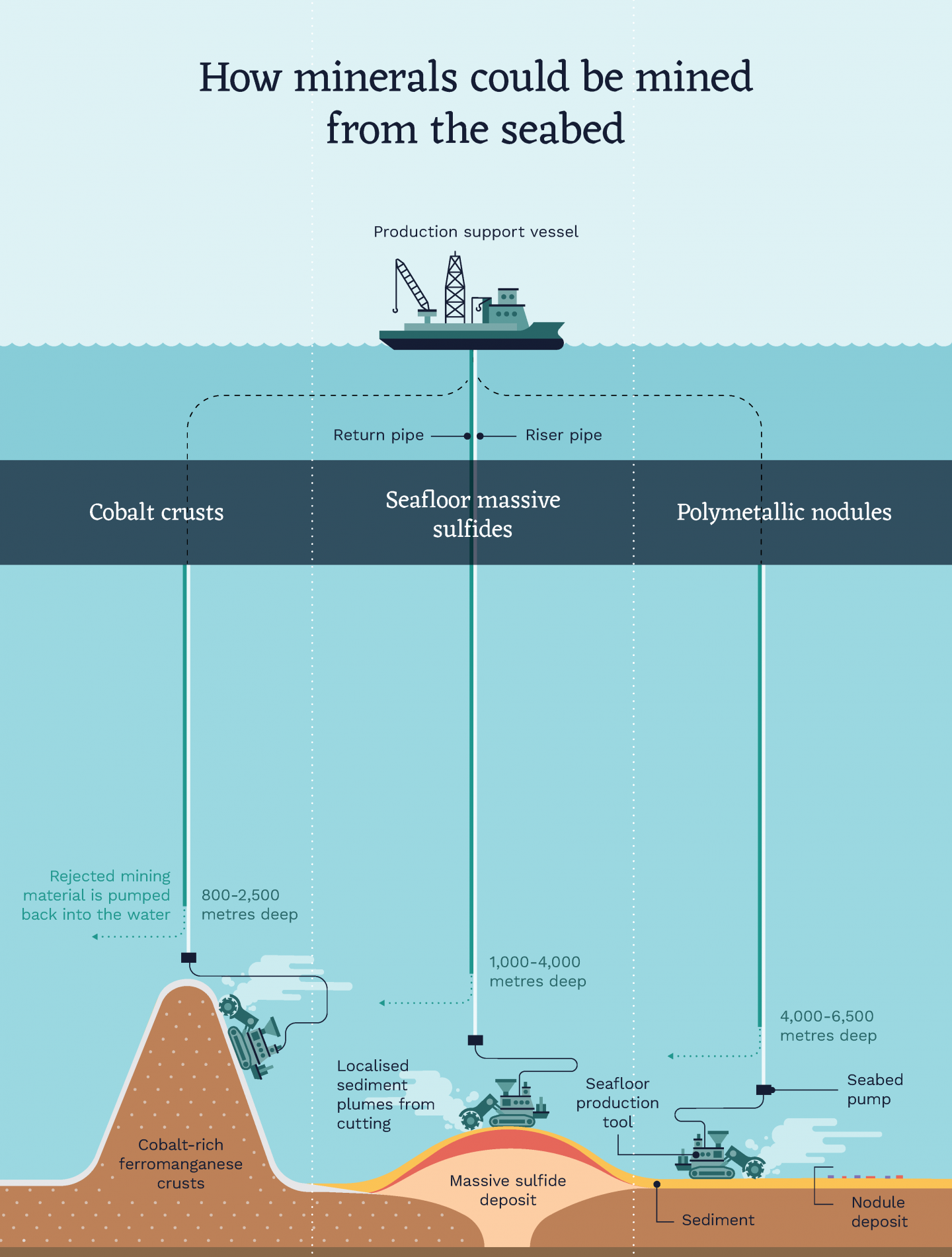
How Deep Sea Mining works | China Dialogue Oceans
Currently, there are two mining sources: hydrothermal vents and polymetallic nodules. The first are the result of seawater, which can reach 400°C, percolating down through fissures in the ocean crust. It mixes with the cool seawater forming stalagmite-like cones containing dissolved minerals, a result of a millenary geothermal activity. Polymetallic nodules are mineral concretions formed of concentric layers of iron and manganese hydroxides around a core which can be partially buried. Hydrothermal vents contain more precious metals, while polymetallic nodules contain metals like copper, zinc, cobalt and manganese, which could be more easily extracted according to the studies made so far.
Deep-sea mining is the process of retrieving mineral deposits from the deep sea – the area of the ocean below 200 m, which covers about 65% of the Earth’s surface.
Globally, governments and private investors have been particularly interested in deep-sea mining for years. International Seabed Authority (ISA), which is mandated under the UN to regulate all deep-sea mining activities outside the national jurisdiction, has granted about 30 deep-sea mining exploration contracts. The greatest mining interest is in the Clarion-Clipperton zone (CCZ). It’s like a modern Eldorado, a region spanning 6000 km2 between Hawaii and Mexico, that seems to have polymetallic nodules abundant resources. While deep-sea mining has not started in any part of the world yet, the contractors have already disposed huge amounts of capital for the construction of plants and mining operations, which are very expensive.
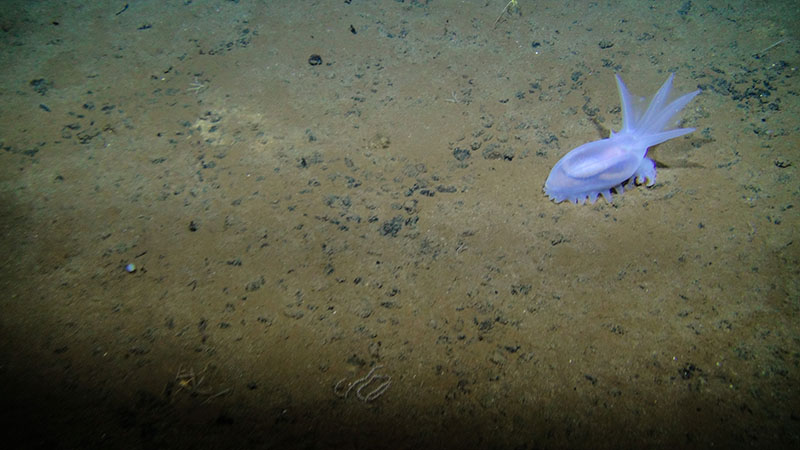
Seabed in the eastern Clarion-Clipperton Fracture Zone | Image courtesy of Craig Smith and Diva Amon, ABYSSLINE Project
Deep-sea mining activities have raised criticism from scientist, who are warning about the risk of causing irreversible damages to marine ecosystems, whose vast majority remains unexplored and understudied. Last year a new report by ONG MiningWatch Canada with Ocean Foundation’s deep sea mining Campaign examined the potential risks of seabed mining operations and called for a moratorium on deep-sea mining in the Pacific, at least until they will have acquired a comprehensive understanding of all the risks of nodule mining and conduct exhaustive research into alternative sources of minerals for renewable energy.
NGO called for a moratorium on deep-sea mining in the Pacific, at least until they will have acquired a comprehensive understanding of all the risks connected to these activities.
Meanwhile, ISA is working on MiningCode which regulates the exploitation of marine minerals in the international seabed area and will represent the general legal framework all deep-sea mining activities should refer. The new code should include stricter environmental standards by setting, for example, threshold values in order to monitor the environmental impact of operations on ecosystem.
Despite the criticism, some companies have already started mining operations in territorial sea, outside ISA jurisdiction: De Beers in Namibia, Nautilus Mineral in Papua New Guinea; Japanese government has started deep-sea mining in Okinawa and, according to recent news, Norway will start it in 2023 too.
